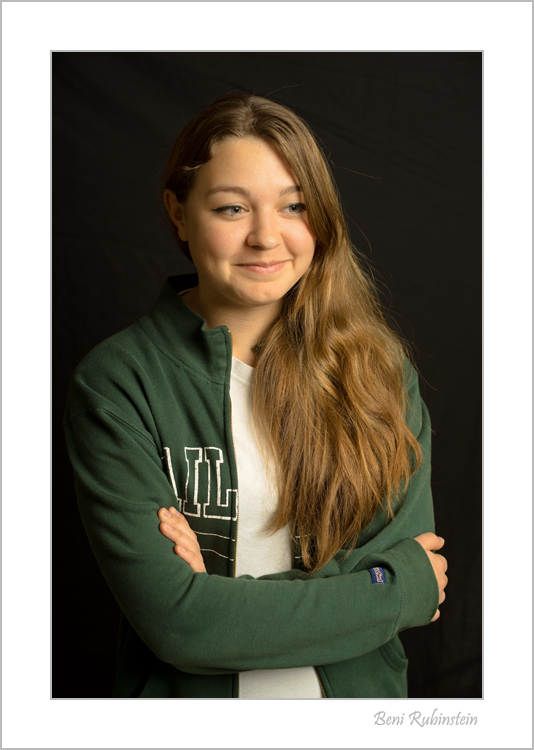Ben Rubinstein
Active member
Hi!
With my manual lens wide open I can use peaking (somewhat accurate @f1.4) and zoom in view (very accurate but slow) to achieve good focus with my A7r.
When however I'm at f4 and certainly by f8, it's all out of the window. Peaking is no longer accurate at all and zoom in focusing is every difficult as it's hard to find the actual plane of focus.
Now the most sensible way to combat this is to focus wide open and then stop down. This however is not possible with a model in the studio and to be frank a pain in the neck even when you have the time or a tripod (each lens having a different number of clicks from wide open to your f-stop depending on starting point).
I've always worked with focusing systems which were focused either wide open or non TTL. Bit lost as to how to best work with stopped down accurate focusing. A recent session with a model in the classroom left me with a 35% OOF ratio shooting at f4-5.6, in every shot I had strong peaking in the catch lights of the eyes. Unacceptable ratio of course when you need results. Unfortunately when shooting studio you need to turn 'Effect Settings' off and you can't set the viewfinder for B&W or max contrast to help see the peaking better.
Your advice much appreciated!
(image focus ended up at the back eye, front eye is soft. 50mm @ 5.6)

Nailed it with this one, no 50+ year old lens has a right to be this sharp on a teenagers face!

With my manual lens wide open I can use peaking (somewhat accurate @f1.4) and zoom in view (very accurate but slow) to achieve good focus with my A7r.
When however I'm at f4 and certainly by f8, it's all out of the window. Peaking is no longer accurate at all and zoom in focusing is every difficult as it's hard to find the actual plane of focus.
Now the most sensible way to combat this is to focus wide open and then stop down. This however is not possible with a model in the studio and to be frank a pain in the neck even when you have the time or a tripod (each lens having a different number of clicks from wide open to your f-stop depending on starting point).
I've always worked with focusing systems which were focused either wide open or non TTL. Bit lost as to how to best work with stopped down accurate focusing. A recent session with a model in the classroom left me with a 35% OOF ratio shooting at f4-5.6, in every shot I had strong peaking in the catch lights of the eyes. Unacceptable ratio of course when you need results. Unfortunately when shooting studio you need to turn 'Effect Settings' off and you can't set the viewfinder for B&W or max contrast to help see the peaking better.
Your advice much appreciated!
(image focus ended up at the back eye, front eye is soft. 50mm @ 5.6)

Nailed it with this one, no 50+ year old lens has a right to be this sharp on a teenagers face!

Last edited:
